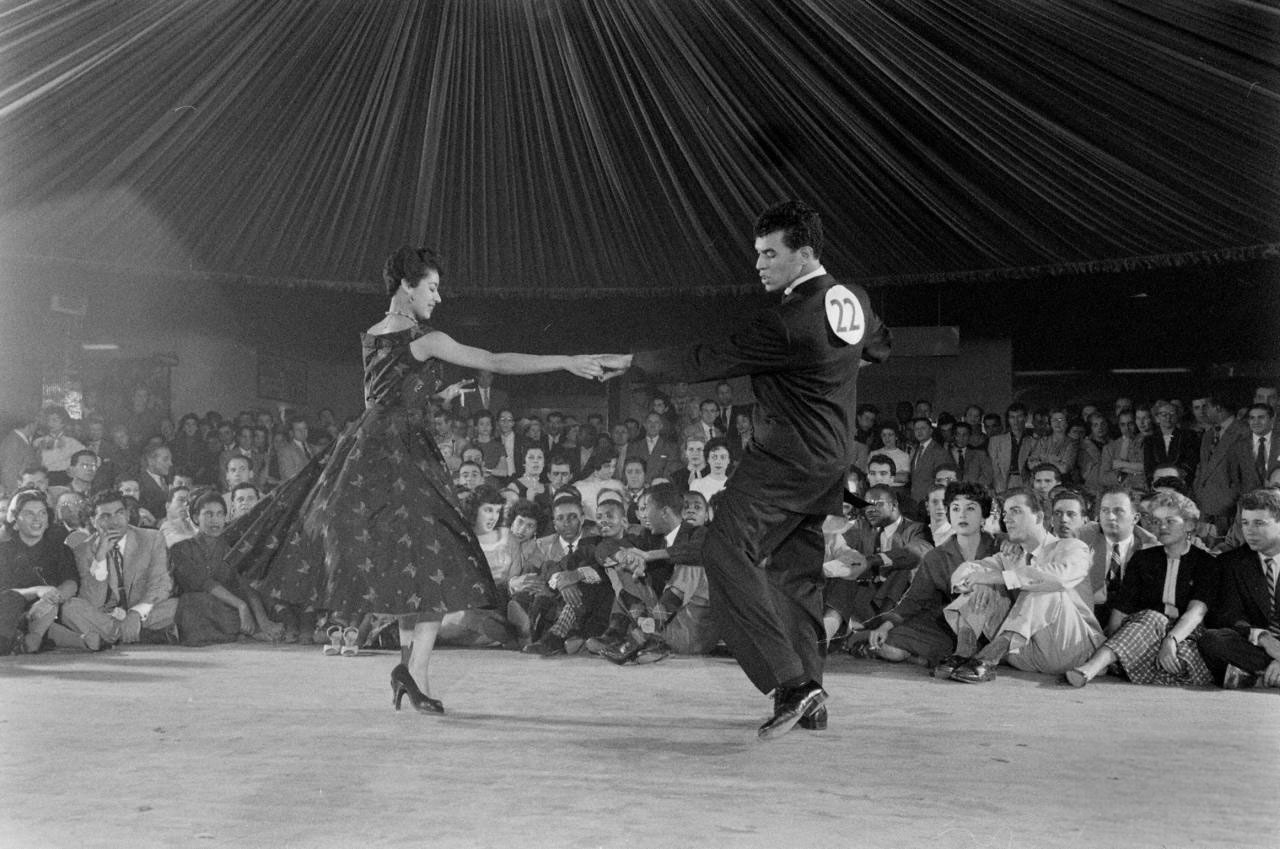The Best Guide To Dance Fridays
Getting The Dance Fridays To Work
Table of ContentsMore About Dance FridaysNot known Details About Dance Fridays The 3-Minute Rule for Dance FridaysThe smart Trick of Dance Fridays That Nobody is Talking About
As American dancings such as swing and faucet.
The basic Salsa dance rhythm consists of taking three steps for every 4 beats of music. Salsa professional dancers can additionally damage apart to dance solo, recognized as "lusters". The two primary designs of salsa are direct and circular.

The Best Strategy To Use For Dance Fridays
Salsa dancing is a worldwide dancing that can be found in most metropolitan cities worldwide - https://anotepad.com/note/read/h7p423bb. Events are held yearly, frequently called a Salsa Congress, in numerous host cities intended to bring in a range of salsa dancers from other cities and nations - salsa crazy. The occasions bring professional dancers together to share their enthusiasm for the dancing, develop neighborhood, and share moves and pointers
Video demonstrating salsa dance basics Over the years, numerous different styles of salsa dance have progressed around the globe. Incorporating various other dancing designing methods into salsa dancing has actually also come to be common, with dancers of one style including designs and activities of others to produce new blends of dancing styles.

One of one of the most significant numbers in New york city style salsa is Eddie Torres - salsa crazy (called "the Mambo King"), that is attributed with aiding to formalize the on 2 salsa timing (based upon mambo) and helping to popularize it by educating it in dancing studios in New york city and through early training tapes
The Ultimate Guide To Dance Fridays
LA style salsa is danced in a line or "port" with professional dancers trading placements throughout the dance, unlike Cuban salsa which is danced in a more round style.
In this web pattern, the leader advances on 1, tips to the exactly on 2-3 while transforming 90 degrees counter-clockwise (dealing with to the left), leaving the port open. https://penzu.com/p/174d8f112ab8c238. The follower then steps easy on 5-6 and activates 78, while the leader makes another 90 degrees counter-clockwise and a little onward, returning right into the port
The "Vazquez Brothers" (Luis Vazquez, Francisco Vazquez, and Johnny Vazquez) are attributed for the early advancement and growth of LA Design. Luiz Vazquez was the co-founder of Los Angeles's first salsa dance group, Salsa Brava.
In Cuba, a prominent dance recognized as Gambling establishment was marketed as Cuban-style salsa or Salsa Cubana abroad to distinguish it from various other salsa styles when the name was popularized globally in the 1970s.
10 Easy Facts About Dance Fridays Described
The name Casino site is stemmed from the Spanish term for the dance halls, "Online casinos Deportivos" where much social dance was done among the better-off, white Cubans during the mid-20th century and onward. Historically, Gambling establishment traces its origin as a companion dance from Cuban Child, Cha Cha Cha, Danzn and Guaracha.
This suggests that no action is taken on the very first and fifth beats in each clave pattern and the fourth and 8th beat are emphasized. In this method, as opposed to adhering to a beat, the dancers themselves contribute in their activity, to the polyrhythmic pattern of the songs. At the very same time, it is commonly danced "a tiempo", although both "on3" (initially) and "on1" (nowadays).